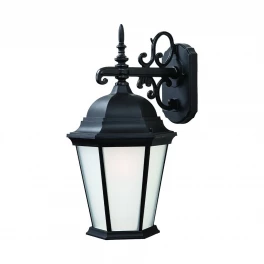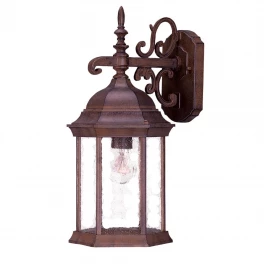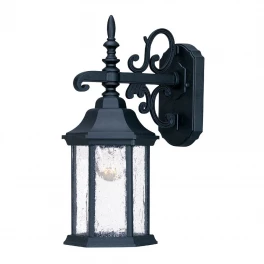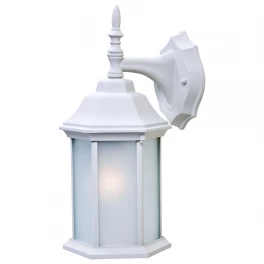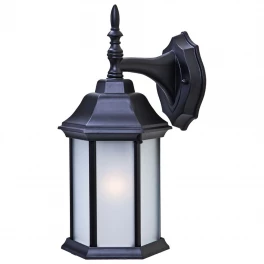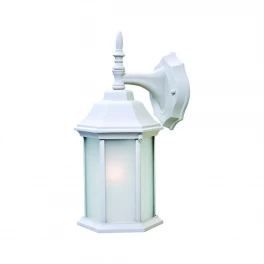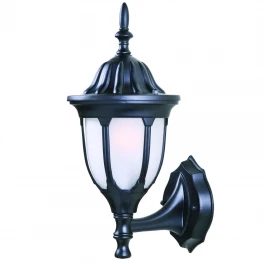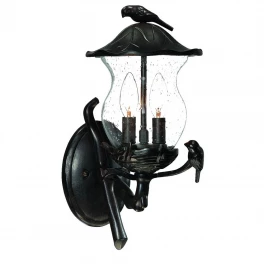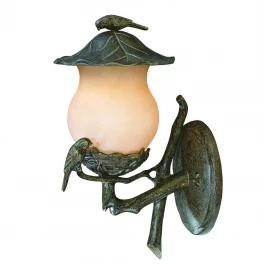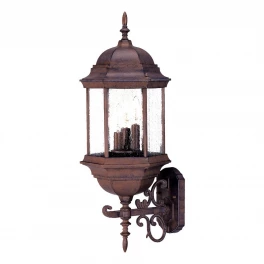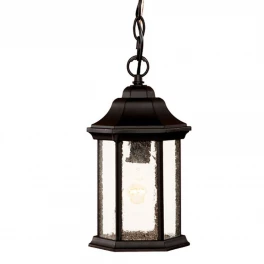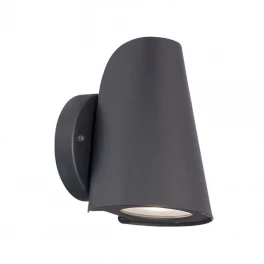Once mentioned in a previous article, a stucco installation from inside and outside of your home is made of a certain cement plaster material. Typically, homeowners should expect the stucco to be a mixture of sand, cement, lime, and water. Such an installation will add a decorative element to your space, and depending on the amount, the space, and the location, the costs will vary.
| Average Range | $350-$12000 |
| Low End Range | $250-$4500 |
| High End Range | $5000-$18000 |
More acclimated to warmer climates, the stucco is a widely associated material that focuses on appeal, rather than practicality. But there are newer products being released in the markets that can endure the colder temperatures that negatively affect the stucco. If one wished to install stucco into their homes, they should expect to spend a range between $350 to $12000. At the minimum, homeowners will probably spend a cost between $250 and $4500. If a budget is of no concern, the price of installing stucco can go up to about $5000 to $18000.
Table of Contents
Cost To Stucco Your Home
The stucco price per square foot would probably range between $3 and $9 per square foot. Installing the stucco can be done in any portion of your home. You can stucco your home’s siding, your chimney, your walls, and depending on which area you have the installation done, the cost will vary.
Homeowners will also have to consider what kind of coat is required for the insulation of your stucco. Whether you want a thin-coat, or an EIFS, or a three-coat stucco, there will be cost ranges associated with these kinds of installations. You should also think about the cost associated with the kind of stucco finish you’ll end up installing.
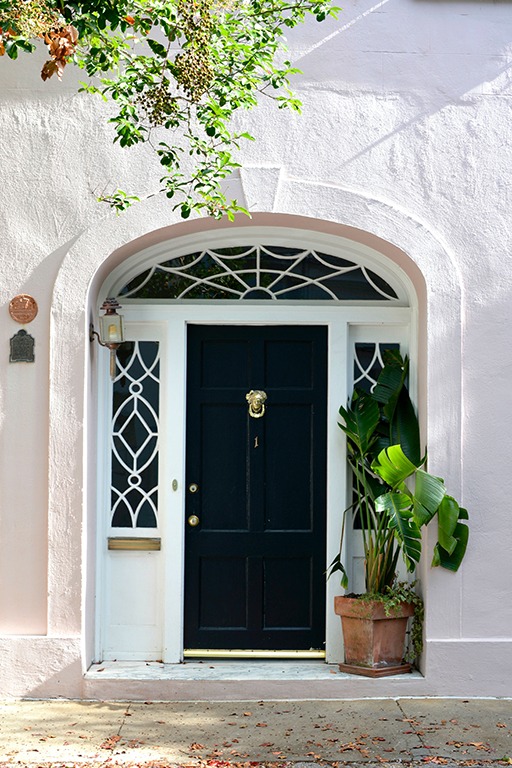
Traditional Stucco
The range for a contractor to come and install traditional stucco into your home will probably be between $0.05 all the way to $3 per square foot. Unlike the synthetic stucco, traditional stucco is a blend of natural materials. Mixed with cement, sand-lime, and water, the traditional stucco is often applied by applying three separate coats atop the metal lath.
A thin-coat application which uses one layer will probably be faster, but finding a contractor that can do such a job is quite a challenge to find. Having this kind of stucco installed into your home will require the expertise of a skilled specialist, so remember that there are separate costs into the labor that goes into the material. The cost of the work itself will vary by the method you apply the stucco.
Synthetic Stucco
Mainly made through acrylic materials, the synthetic stucco adds the uniform appeal. And the greatest benefit it provides is its versatility. Besides the thin-coat system, the synthetic stucco can be applied by the EIFS system and the three-coat system, as well. The material costs about $1 to $4 per square foot. Homeowners that prefer synthetic stucco will broach the softness that the synthetic stucco provides. Compared to the rigidness of traditional stucco, the synthetic stucco offers a different texture.
EIFS Stucco
The most recent product of this century, the EIFS, or Exterior Insulation Finish System, is a synthetic stucco that is centralized for exterior walls. A majority of homeowners will opt for an EIFS for residential and commercial usage. The EIFS is designed with an adhesive application on foam. Once applied to the substrate, a base coat is placed on the foam board. The contractor will have the option of using mesh or lath embedded in the base coat for curing.
As briefly mentioned, stuccos cannot withstand colder climates, which is precisely why the EIFS was created. Due to the topcoat on the EIFS, which was made to withstand and resist moisture, this is typically the choice for homeowners that prefer a water-resistant product. The polymers also make EIFS flexible and make it more durable, preventing any cracks from forming. Similar to all of the stucco that was discussed, the EIFS has a whole inventory of finishes and colors.
Cost Of Stucco Application
Contractors that apply the stucco for your home will say the same thing, that applying stucco is a tedious process. Depending on your preferences and your choices, the price ranges will vary accordingly. There are dozens of layers and materials that will probably need to be applied by hand with the consideration of the time it takes to cure the layers. Keep in mind that the processes are likely to differ.
Thin-Coat
Also referred to as the one-coat stucco or as the hard-coat stucco, it is a hard material that remains uncommon. Homeowners should note that this type of stucco will be especially difficult to install, due to the fact that finding a contractor that has the knowledge to install this type is limited.
Keep in mind that the metal lath is typically used for the traditional stucco, but is also often used for the thin-coat as well. The labor cost for this kind of application will probably range between $2 to $5 per square foot. Although the number of contractors for this sort of job might be finite, the thin-coat doesn’t take too long to apply.
EIFS
This is an easier application process than the three-coat system. As insinuated in the sections above, the EIFS adds pragmatic purpose to your home and will cost about $4 to $7 per square foot. Since this kind of stucco also provides the advantage of energy efficiency, homeowners tend to turn their heads to the options of EIFS. This stucco also holds a complete array of complex designs.
Three-Coat
In the duration of a few days, the traditional stucco is layered by three variations, applying one to another. The stucco expert will take the water-resistant wrap and apply it to your home as the installation for the metal lath is performed. There is the scratch coat, which is just a thin layer of the cement-based stucco, an adhering brown coat, and the surface coat that the contractor will apply to your home.
Labor costs for this kind of system to be applied will range between $4 and $10 per square foot. This price will depend on whether the stucco was a pre-mix or whether the aggregate is added. Installing the three-coat system is viable and heuristic. Since the structural integrity is strengthened in the walls, your home is provided with a durable surface.
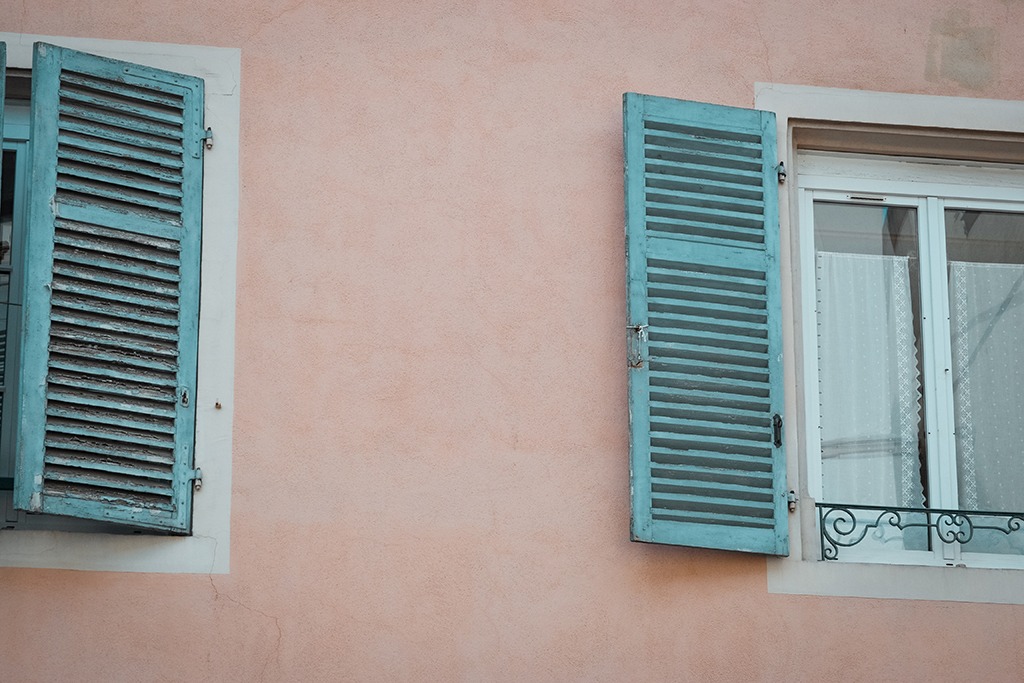
Stucco Finishes To Choose From
Even if the homeowner wants a stucco installed into their homes, they have to specify what kind of finish that they want to bring in the appeal and appearance that the finish would bring in. Overall, if you want to elevate the look of your home through stucco, here are the most popular finishes that you can make for your stucco.
Dash
A roughcast style is a widely popular choice for homeowners. Since dash finishes can elevate the spaces of your home so vividly, there are so many textures you can choose. Homeowners that are looking for that crisp feel out of the stucco, typically opt for this choice. It is also an expansive stucco finish, since it can ultimately be installed in so many different parts of your home, outside and inside. Another advantage to this finish is that its installation is very flexible. Any type of stucco can be applied for the dash finish.
Sand
This stucco finish is also referred to as the float finish. Another popular option, the label for the “sand” finish originates from its grainy textures. The appearance of the sand finish is incorporated by the sand that is mixed within the stucco, which is how the grainy texture begins to form in the first place. The outcome of its application is a finer, more coarse kind of stucco. Like the dash finish, the sand finish can be accomplished with any kind of stucco application.
Cat Face
Also commonly known as the California finish, the cat face finish is the smoother alternative to the other finish options. This choice of the stucco designs is a more delicately smoother surface, compared to the other designs available. However, there are rough patches on the exterior. Depending on how you want the cat face to look, the contractor can customize the finish with the size and the spacing. You can incorporate this finish with the application of either synthetic or traditional stucco.
Lace
Known as three different names, the lace finish can be referred to as the lace and skip or the skip and trowel. Although it may seem plain at first glance, it is the best stucco to cover up any blemishes that might be causing you any concerns. Essentially, you’ll want to apply the traditional stucco, if the lace finish is what you’re looking to install. Keep in mind that this is a fine, medium, and coarse pattern.
Smooth
Although this is a finish that may be more laborious than the other options, the smooth stucco finish provides the cleanest appearance. One must be very careful and experienced when considering the smooth finish, however, the end result of all that work becomes a timeless design. The smooth finish is usually designed for a cement based stucco, however, it’s possible to use it with an acrylic stucco approach.
An almost ultra fine base material, this finish completely removes any lines in it. Keep in mind that repairs for this finish can be quite a challenge. The smooth finish is difficult to patch and it usually has a higher percentage of cracking than other finishes.
Santa Barbara
Most of the finishes in this list offer a sense of grace and elegance to the home, however, the Santa Barbara finish might just be the cream of the crop. The aggregates in this stucco finish perfectly align as the sand particles are small and provide a semi-smooth texture. Typically used with a traditional stucco, the Santa Barbara finish is applied with two coats using a pool trowel.
This choice is consistent with the palettes and the textures that are available to homeowners. It is also a design that is quite common for homes with a certain Spanish interior. In certain cases, if not most cases, the Santa Barbara finish is kept natural without any paint applied to it.
English
One of the most distinctive stucco finishes, the English stucco design is probably the least chosen choice. However, it is still somewhat common for new construction projects and can be found in older buildings and projects. The English stucco pattern is also circular in its pattern and smooth, it is also the most decorative out of its counterparts. Homeowners who are opting for traditional stucco can take a look at the English finish.
Worm
This is the stucco finish that has somewhat large pieces of aggregate. The texture is quite unique due to the grooves that are left in the indentation once it is troweled. Although it is an unfamiliar choice amongst homeowners, it is still an appealing option. It is commonly designed with synthetic stucco and requires other materials with special aggregates in them. Worm stucco finish will also be derived from a pattern that is fine, medium or coarse. It is also a finish that is accomplished by hand, being rubbed around with a plastic trowel.
Pebble Dash
A pebble dash finish is quite the peculiar look, but they give the home an extravagant look. With one addition of either small pebbles or pea gravel into the coat, your walls can be given an amazing texture. Although this is one of the less commonly used finishes, the pebble dash is also determined by the kind of materials and techniques that go into the finish.
Tabby Shell
A stucco finish that is forgiving to plaster covered in shells, the tabby shell stucco design is well-acquainted to homeowners that enjoy such patterns. Contractors will inform you that this finish is best compatible with traditional stucco. Whilst this design has quite the bizarre theme, it is also the finish that will provide both depth and shadow on your home’s surfaces.
Besides the physical demeanor that the home receives, the tabby shell finish also enhances the strength in your home, providing both durability and a longer span. It shouldn’t come to surprise homeowners to note that these stucco walls won’t require repairs too often. Typically, you should expect about $1 to $2 per square foot along with the costs of installing traditional stucco.
Cost To Re-Stucco House
Other than the stucco that might already be installed in or out of your home, the replacement or reinstallation of the material and finish will have different costs and ranges associated with the project. Keep in mind that installing stucco should really only be done over two choices, either brick or cinder block.
It is ill-advised to stucco your home over wood or vinyl since you’ll want the framing to be stable enough. Since you want to avoid the frame from breaking under the pressure and sheer weight of the stucco, you’ll want to make sure that you’re stuccoing either brick or cinder block. Your initial project should have only involved these two materials, however, if this wasn’t the case, you should reevaluate why the stucco was damaged in the first place.
Stucco On Brick
Fortunately, most homes will have brick as an available area. Costing about $4 to $6 per square foot, homeowners will have the stucco installed over either a chimney or a brick wall. The scratch coat is somewhat optional in these cases, and the brick can actually give the stucco strength and required integrity. With this process, a three-coat stucco can actually be cut down to two instead, this will end up saving you more money and more time.
Stucco On Cinder Block
Similarly, the range of the price for the installations made over cinder block will probably cost the same as the installations made over brick. Just like the brick, you can cut down the three-coat system by getting rid of the scratch coat. Contractors have the option of applying a brown coat instead. Both brick and cinder blocks will be unaffected by the installation of EIFS stucco.
Cost Of Repairing Your Stucco
Depending on the extent of the damage that your stucco has sustained, the costs of repairing your stucco could range from $500 all the way up to $3000. In some cases, that range could possibly extend to $5000. Keep in mind that the cost is occasionally affected by the material of the stucco and the jobs that need to be done.
On average, a resurfacing job will cost around $3 to $6 per square foot. Typically, this kind of service is often chosen for superficial complications, like a few cracks on the surface. More complex jobs will include moisture that might be trapped under the stucco, or any loose lath that may be hindering the studs. Repair specialists will assess the condition of your home and charge the homeowners a rate according to the kind of stucco damages that you’re dealing with.
| Issues | Cost Ranges |
| Discoloration | $1-$5 per sq ft |
| Cracks | $8-$20 per sq ft |
| Foundation Issues | $8-$30 per sq ft |
| Water Damages | $30-$50 per sq ft |
| Staining | $30-$50 per sq ft |
| Holes | $250-$450 per hole |
Some of the damages on the chart above can be quite a burden to shoulder. If the issue is left unattended, the neglected problem could branch out and result in worsened situations. For example, your stucco has moldy spots and areas that might be discolored. It may only cost about $1 to $5 per square foot. However, homeowners that do not inspect the problem further may have yet another issue to correct in the near future.
Cost Of Inspecting The Stucco
The service of a stucco evaluation would probably cost about $100 to $500. An inspection will probably only require a visual inspection. However, if there is a need for moisture probes or thermal imaging, the cost could even go all the way up to $1200. You should also factor in the area and the size of your home.
Water Damage Costs
Many of the errors that are mentioned in the sections above are actually connected to the effects of water damage. Whether your stucco has cracks, or stains, the underlying key issue could stem from water damage. If the inspection leads to an assessment where water damage is what might be causing your suspicions, then the costs could increase.
Although you may think that water damage might only be affecting your stucco, you may find the need for restorations if the issue has expanded. Such restorations will probably range from $3.50 to $7 per square foot. If these problems become larger than expected, you may have to concentrate on the negative impacts that could recur throughout the structural integrity of your home.
Water damage that hasn’t been resolved will become disconcerting as the infiltration of the water can expand and contract. Your stucco’s condition will become more and more vulnerable as a result. Once the cracks and stains become noticeable, homeowners should quickly try to find the source of the problem. Due to the formation of leaks occurring out of neglect, contractors will advise you to have these corrections done as soon as you can.
Stucco Decay Costs
Another anchor of the problems that your stucco might encounter is rot. Although there are attachments and features that you can add available for your stucco, if such precautions are not made, moisture can trap itself beneath the material. Since there is no evaporation, that moisture will eventually lead to dry rot.
With these kinds of instances, decay and wood rot can, in fact, result in thousands of dollars being spent in completely renovating the spaces of your home. Depending on the materials that were damaged, the majority of what you would need to spend will come from the time, labor, and replaced materials.
Stucco Maintenance
The conditions of your stucco can be maintained by having the materials cleaned. Such is the relationship between most installations that are arranged within the home. Stucco can last up to about 50 years or more, but this span can only stay within this range by keeping the material in a healthy state.
Even though you can spend an average of about $60 to $200 to have your house cleaned, a stucco cleaning only consists of a gentle scrubbing. Depending on the kind of materials your stucco is made of, cleaning your stucco will mainly be done with a water and bleach blend.
Additional Siding Options
Estimated to cost about $7.50 per square foot for a one-story wall, homeowners that wish to install stucco on an eight-foot wall could cost about $60 per linear foot overall. Siding costs can also be determined by the material. So, if you would rather choose the installation of brick, vinyl, or EIFS for your home’s siding, then you should consider the costs and advantages of each installation.
If you want to install brick on the side of your home, you should expect about $15 per square foot. Like stucco and EIFS, brick provides good insulation. Brick is also fire resistant and can last up to more than 100 years, or longer if you maintain its condition, which is very easy due to its low need of maintenance. It would also be the best option for homeowners that live in an area with fluctuating weather. Homeowners should keep in mind that bricks will require a specialist or masonry contractor.
For the installation of vinyl siding, homeowners should expect the price range of $4 per square foot. Some of the benefits that vinyl siding provides is the ease of mind that the material provides in the installation process. Although it is weather resistant, doesn’t require as much maintenance, and can last a span of up to 40 years, vinyl siding does have a disadvantage. Since the material isn’t fire resistant, circumstances and consequences that can lead to worsened situations might occur more often than not.
Similar to stucco, the EIFS material will offer highly adequate insulation and unlike vinyl siding, EIFS is somewhat fire resistant. EIFS can control the ferocity of a flame for up to an hour and is a prime choice for homeowners that value durability. Unfortunately, the material is not a proficient alternative against wet areas that have rain-intensive climates. It will also be quite a challenge to find someone who is versed in crafting EIFS to your home’s siding. Fortunately, all four options have low maintenance costs and won’t require much upkeep.
Finding Multiple Estimates Through House Tipster
Trying to contact the right people for your project can become not only overwhelming, but it can also become a difficult challenge. There are many complications that can arise from this approach. For starters, you may not actually find anyone that fits into your price range. And there is also the difficulty of finding an expert with the right kind of expertise. By using House Tipster, you can forget about these problems without a sweat to drop.
There are two features that are included in this web tool. We have a review function that allows you to sift through reviews made by other clients and a chatting system that allows you to message your professionals directly. Our reviewing feature allows you to browse dozens of the professionals you need for your project. You can check out the portfolios of the specialists you’re interested in, while uncovering the reviews that their clients have left for them.
The chatting system allows you to contact the professionals and message them regarding your wants and needs. Users can also inquire about any business information they feel is important and ask what kind of estimates that the professionals offer. By using these features, you can feel safe with the security of your decisions.
Featured Photo By Pawel Czerwinski On Unsplash




